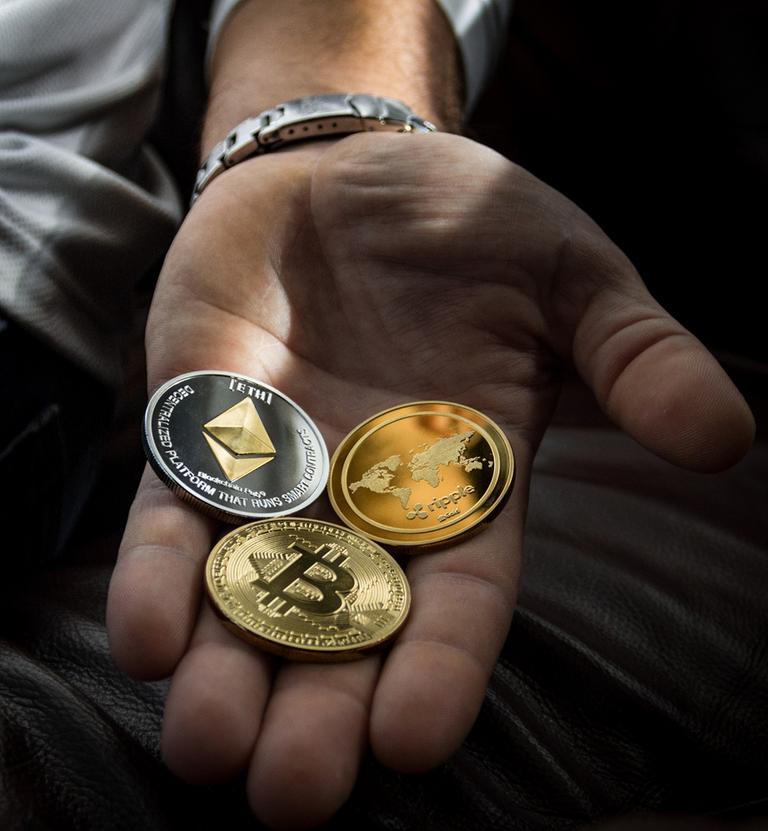Understanding the stablecoins
Stablecoins refer to stable currencies in the blockchain, created as a requirement in order to provide stability to unpredictable changes in the price of crypto assets as a result of speculation that occurs in the markets, closely linked to the elevation and reduction in value
With this, it achieves and ensures its stable price, because it symbolizes a currency or money dependent on a central bank or official government, supported by money such as the dollar or euro, (fiat) or represented by material goods, thereby facilitating economic growth. without accelerated inflation occurring, but they may also not be linked to any asset and in order for its price to remain stable it is controlled through algorithms based on technology and moving quickly, efficiently and safely.
Therefore, the security and stability of prices occurs and becomes evident when non-specialized businesses or the general public face an accelerated adoption that would undoubtedly lead to a reduction in volatility in them.
Among the most popular Stablecoins on the market are:
Since its launch 9 years ago as an instrument for the stabilization of cryptocurrencies, now stablecoins, as the most popular currency in the market is Tether USD, linked laterally to Bitcoin, Omni and Layer.
A year later Tether, the Bitfinex exchange house as a platform, provided support to this stablecoin and then in 2015 the stable cryptocurrency, SteemUSD, was launched by the Steem group.
Later, it was joined by the first non-collateralized stablecoin through a project called Corion.
Another of the popular stablecoins is DAI, which together with the Ethereum network, these are disseminated through smart contracts and working with ETH as collateral and responding to the price of the US dollar.
Also as a key element in shaping the decentralized finance (DeFi) economy is DAI and it is one of the most successful and widely used as an asset for lending and decentralized exchanges (DEX) on platforms.

